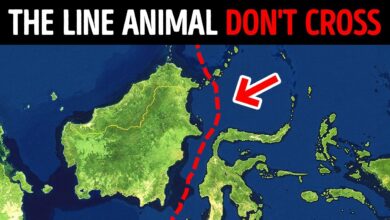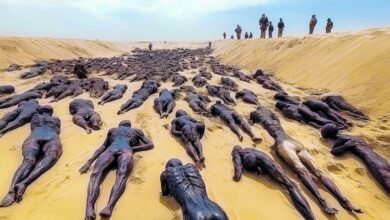The Japanese C.a.n.n.i.b.a.l.s of WWII Were Worse Than the Nazis
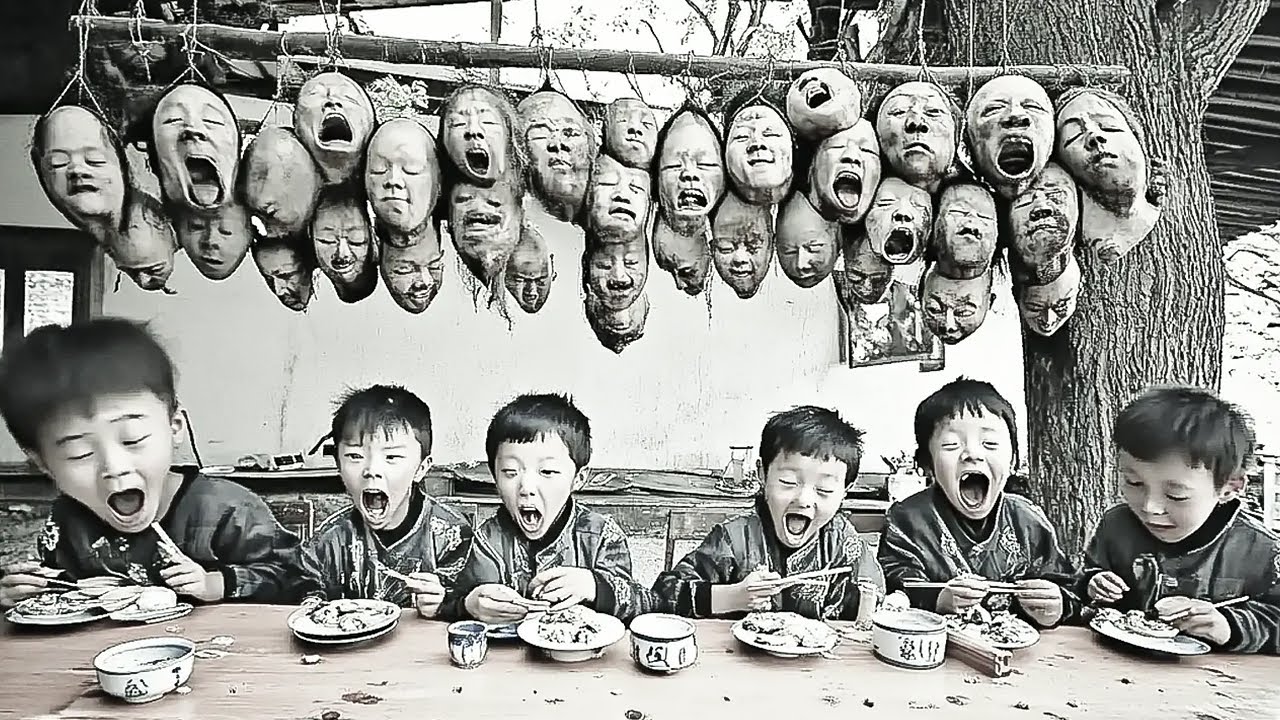
In the present day, Japan stands as a major ally to the UK, USA, and much of Europe. However, during World War II, Japan aligned with Nazi Germany and Fascist Italy, waging war against many of these same nations. At the time, Japan’s government—like its German and Italian counterparts—was driven by a ruthless ambition for global expansion, which led to horrifying atrocities. To understand and prevent history from repeating itself, it’s essential to examine the darkest chapters of this period. Here are 13 of the most horrific acts committed by Japan during World War II.
13. Pathogen and Biological Weapons Program
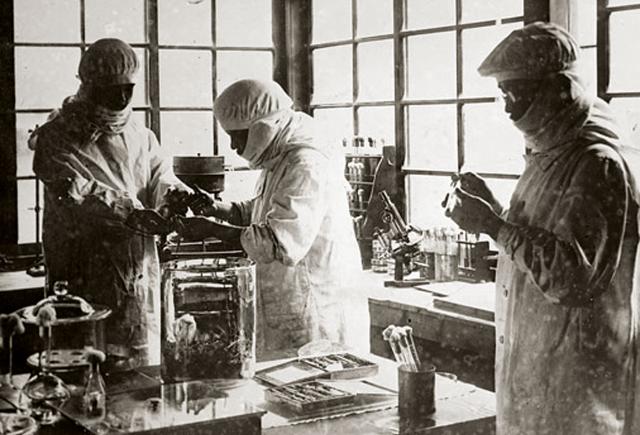
In its pursuit of unconventional warfare, Japan developed a pathogen and biological weapons program during World War II. This initiative aimed to spread deadly diseases among both military and civilian populations in China. The program’s most infamous groups, such as Unit 731, Unit 1644, and Unit 100, conducted inhumane experiments, using prisoners as test subjects to study the effects of deadly pathogens like anthrax, plague, and typhoid. Researchers infected prisoners deliberately and monitored the resulting epidemics. They also deployed biological weapons—infected fleas, rats, and even birds—into Chinese territories, causing tens of thousands of deaths.
12. Frostbite Experiments
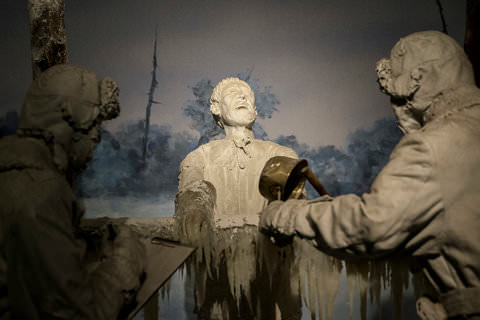
Unit 731 wasn’t limited to biological warfare; it also conducted gruesome frostbite experiments. Led by army engineer Hiato Yoshimura, captives were exposed to freezing conditions, often resulting in their deaths. Yoshimura’s experiments involved submerging limbs in icy water until frozen, chipping away the ice, and testing various methods to restore the affected areas. These horrific experiments claimed countless lives and earned Yoshimura the nickname “The Scientific Devil.”
11. The Bataan Death March

On April 9, 1942, following the Battle of Bataan, approximately 75,000 American and Filipino soldiers were captured by Japanese forces. These prisoners were subjected to a brutal forced march to Camp O’Donnell, 65 miles away, without adequate food or water. Any soldier who fell behind or attempted to escape was executed on the spot. By the end of the march, 7,000–10,000 soldiers had perished.
10. The Pearl Harbor Attack

On December 7, 1941, Japan launched a surprise attack on the U.S. naval base at Pearl Harbor, marking a pivotal moment in World War II. The assault destroyed numerous ships and aircraft, killing 2,393 Americans. The unprovoked attack led to widespread condemnation and the United States’ formal entry into the war.
9. Rape and Pillaging in Korea
Under Japanese rule from 1910 to 1945, Korea endured severe oppression. During the war, Koreans were forced to serve in the Japanese military, while thousands of women were enslaved, tortured, and killed. Cultural genocide was rampant as Koreans were forced to adopt Japanese names, and countless cultural artifacts were plundered—many of which remain unrecovered to this day.
8. The Death Railway
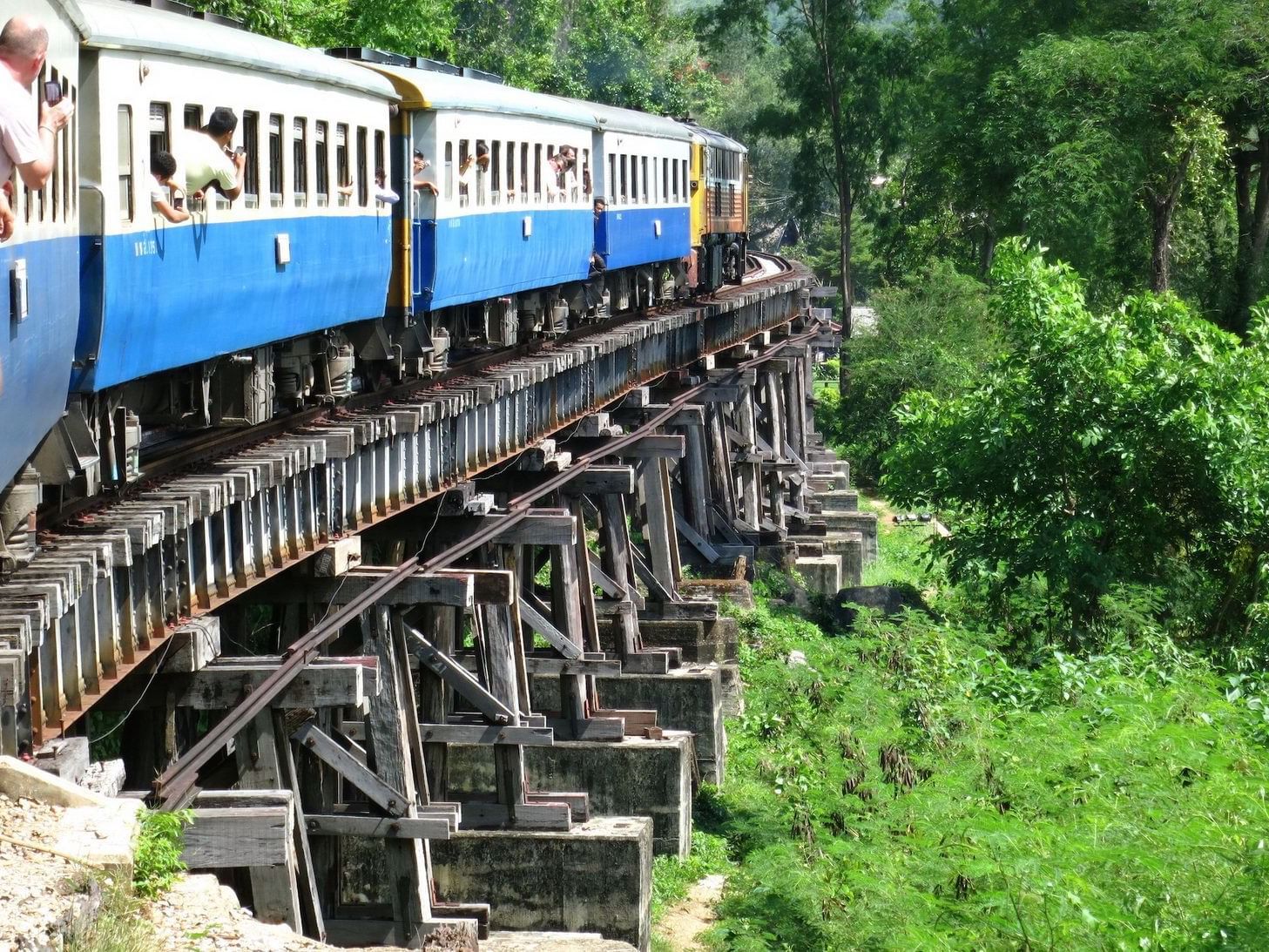
In response to logistical challenges, Japan forced 200,000 Asian laborers and 60,000 Allied prisoners of war to construct the Burma Railway. The grueling project, which ran through treacherous terrain, claimed the lives of thousands due to disease, starvation, and brutal treatment. Known as the “Death Railway,” this endeavor remains a symbol of inhumane wartime exploitation.
7. The Sook Ching Massacre
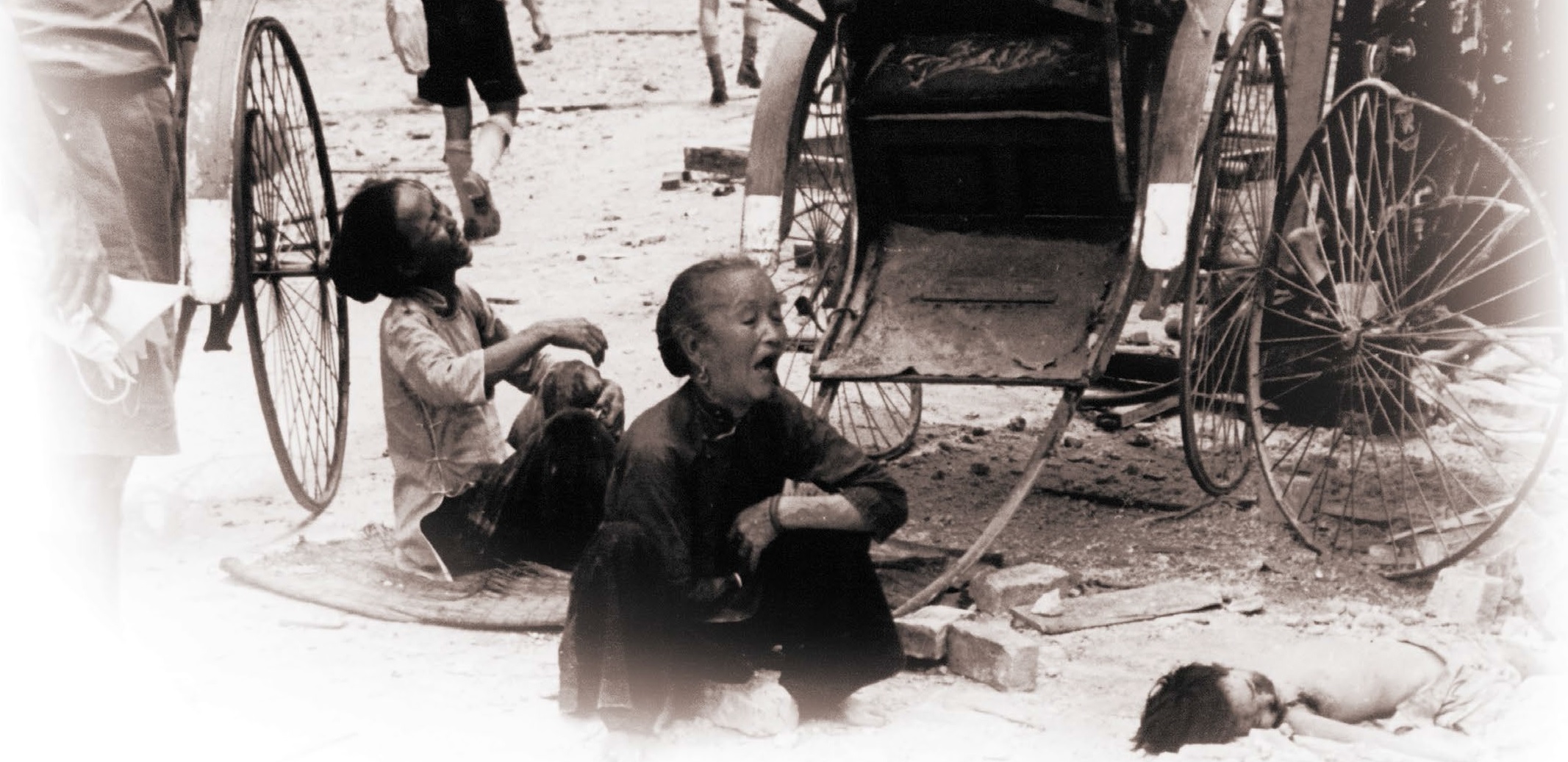
Between February 18 and March 4, 1942, Japanese forces systematically massacred over 250,000 Chinese civilians in Singapore and Malaya. This act of terror, orchestrated by Japan’s secret police, targeted anyone suspected of anti-Japanese sentiments. The massacre is remembered as one of the darkest moments of Japanese wartime atrocities.
The Ogasawara Incident: Cannibalism in World War II
Perhaps one of the most chilling accounts of Japanese wartime actions involves the Ogasawara (or Chi Chi Jima) incident. In late 1944, Japanese soldiers killed and cannibalized four American airmen after torturing them. While photographic evidence of the incident doesn’t exist, testimonies and historical records confirm these acts of inhumanity, further underscoring the brutal extremes of war.
During World War II, Japan committed some of the most appalling atrocities in human history, many of which have left a haunting legacy. Among these were incidents of cannibalism, as reported in the book Flyboys: A True Story of Courage. It suggests that such acts were not isolated, with numerous cases of Japanese soldiers resorting to consuming prisoners of war and locals in desperate conditions.
Chemical Weapons Testing

Japan’s notorious Unit 731, a secret division tasked with developing chemical weapons, conducted experiments on prisoners of war to study the lethal effects of agents like mustard gas, cyanide gas, and phosgene. Harrowing eyewitness accounts describe the suffering of victims exposed to these toxins. In one incident in 1943, a Chinese prisoner endured ten agonizing minutes of violent coughing and pain after being exposed to “sneezing gas.” The unit’s experiments extended to testing on field subjects, such as a documented 1940 incident involving 20 prisoners exposed to mustard gas while researchers monitored their deteriorating health over several days.
Comfort Women
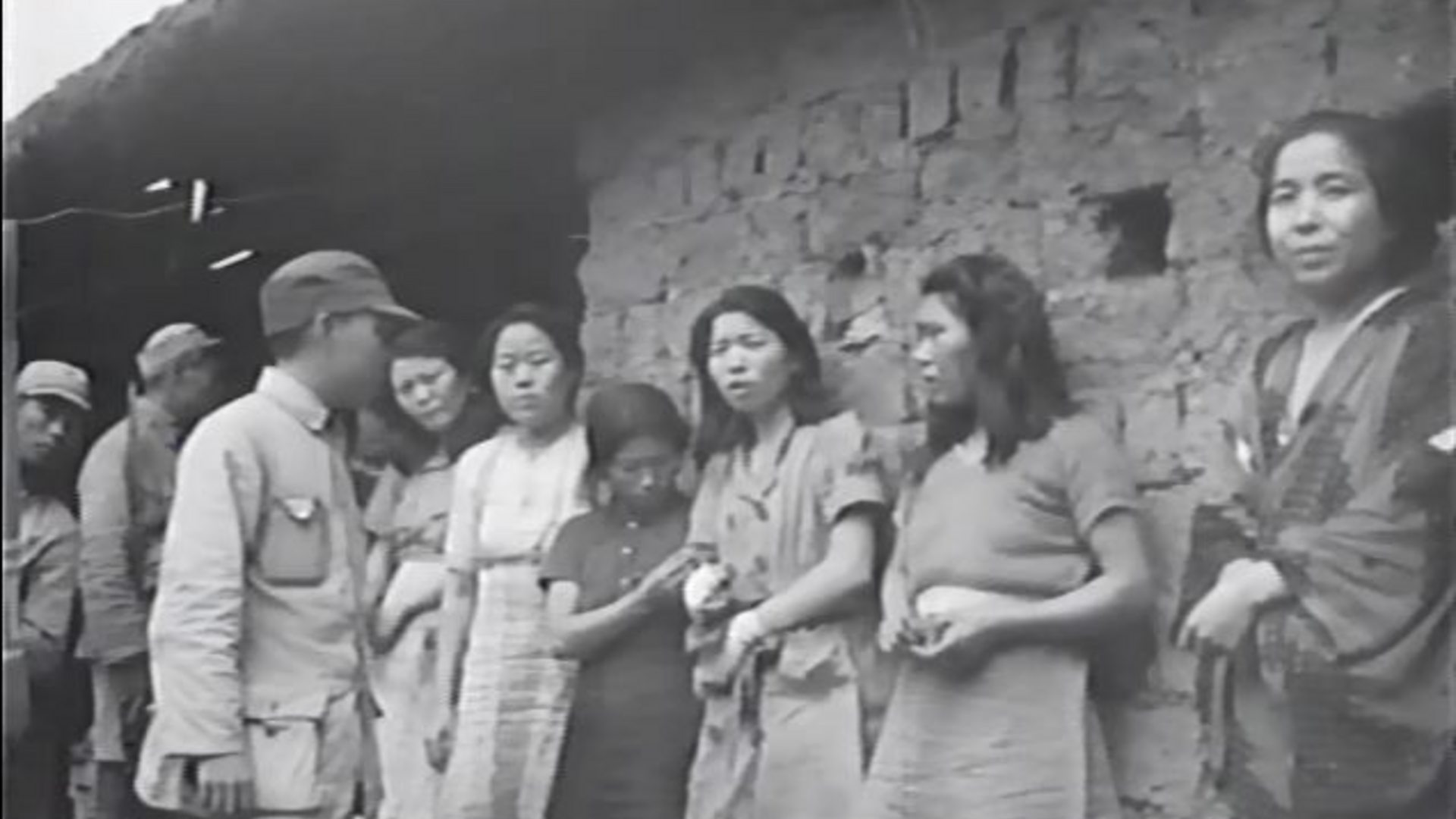
From 1932 to 1945, Japan implemented a government-sanctioned system of forced slavery, exploiting hundreds of thousands of women—referred to as “comfort women”—from countries like Korea, China, and Indonesia. These women were promised work or abducted, only to be confined to brothels and subjected to horrific abuse. This system, intended to “prevent disease and boost morale,” only worsened the spread of infections and violence. Survivors often remained silent for decades due to cultural stigma, and Japan only formally apologized in the 1990s.
The Rape of Manila

As American forces advanced into Manila in early 1945, Japanese troops unleashed a brutal campaign against civilians. Hospitals, schools, and churches became sites of mass violence, with over 100,000 civilians killed in a span of weeks. Women and children were used as human shields, and victims were often subjected to unthinkable acts of cruelty before being killed.
Cannibalism and Power

With supplies dwindling, some Japanese forces turned to cannibalism. Reports reveal soldiers consuming both fallen comrades and captives. In one infamous case, captured American pilots were executed and their bodies used for food. This gruesome practice, while partly driven by desperation, also served as a demonstration of dominance.
The Nanjing Massacre

In 1937, after capturing Nanjing, Japanese forces unleashed a six-week-long massacre that resulted in the deaths of 200,000 to 300,000 people. Civilians endured mass executions, rampant sexual violence, and looting. Women, children, and the elderly were not spared, leaving the city devastated both physically and emotionally.
Unit 731 Experiments

Perhaps the darkest chapter was the human experimentation conducted by Unit 731. Thousands of men, women, and children were subjected to inhumane experiments, such as vivisections without anesthesia and the removal of organs while subjects were still alive. Pregnant women were also targeted to study disease transmission to fetuses. Survivors were rare, as most victims were executed after the experiments, their remains disposed of in mass graves. These atrocities were concealed for years, with the full extent of the crimes only emerging after the war.







